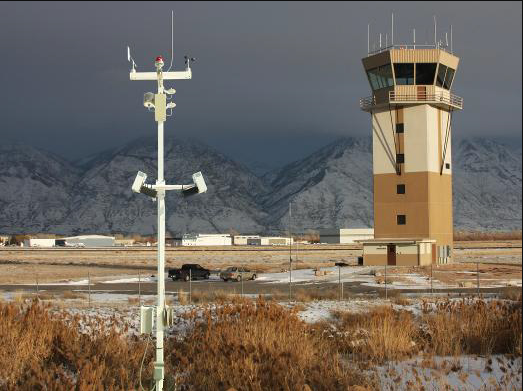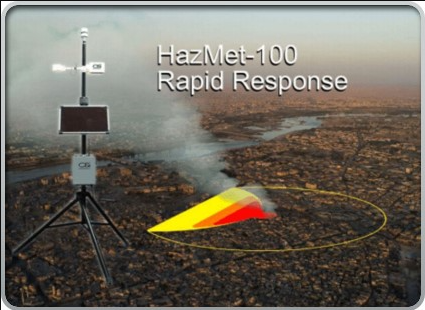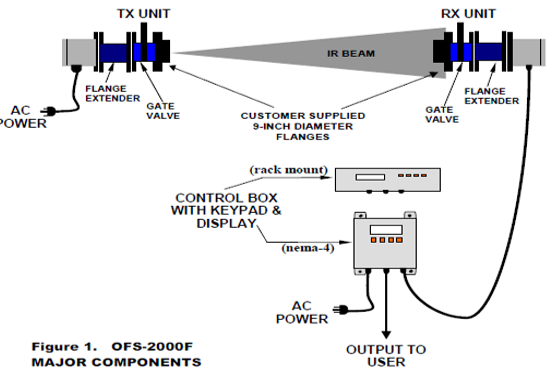The Future of Weather Monitoring: Automated Weather Observing Stations
Weather monitoring has come a long way since the first weather recording in the late 19th century. With advancements in technology, it is now possible to gather more accurate and real-time weather data from various sources, including satellites, radar, and ground-based weather stations. However, the traditional approach to weather monitoring, which involves human observation and recording, is becoming outdated. Automated weather observing stations are the future of weather monitoring, and they offer several benefits over traditional methods.
Automated weather
observing stations are designed to capture, record, and transmit weather data
in real-time. These stations have sensors that can measure several
weather parameters, such as temperature, humidity, wind speed, direction,
pressure, and precipitation. The sensors are calibrated to provide accurate and
reliable data, and they can be configured to measure specific parameters
according to the needs of the user.
Benefits of Automated weather observing stations
Real-time weather data: Traditional
weather stations require manual observation and recording, which can be
time-consuming and may result in delays in data transmission. In contrast,
automated weather stations can transmit data in real-time, enabling users to
access up-to-date weather information quickly.
Cost-effectiveness: Traditional weather
stations require regular maintenance, which can be expensive. On the other hand, automated weather stations are designed to operate with minimal human intervention
and can be remotely monitored and maintained. This reduces the cost of
maintenance and increases the lifespan of the equipment.
Accurate: The sensors used in automated
weather stations are calibrated to provide accurate and reliable data, and they
are not subject to the errors that can occur in human observation and
recording. This means that users can rely on the data provided by automated
weather stations to make informed decisions.
Revolutionize weather forecasting: With
real-time data from a network of automated weather stations, weather
forecasting models can be updated in real-time, enabling more accurate and
timely weather forecasts. This can have significant implications for various
sectors, such as agriculture, aviation, and transportation, where precise
weather forecasting is critical.
Conclusion
Automated weather
observing stations are the future of weather monitoring. They offer several
benefits over traditional weather monitoring methods, including real-time data
transmission, cost-effectiveness, accuracy, and the potential to revolutionize
weather forecasting. As technology continues to evolve, it is likely that
automated weather
station will become even more advanced, providing even more accurate
and reliable weather data.
Call us at 301-963-3630
For more info visit us:- https://catalog.opticalscientific.com/category/automated-weather-stations





Comments
Post a Comment